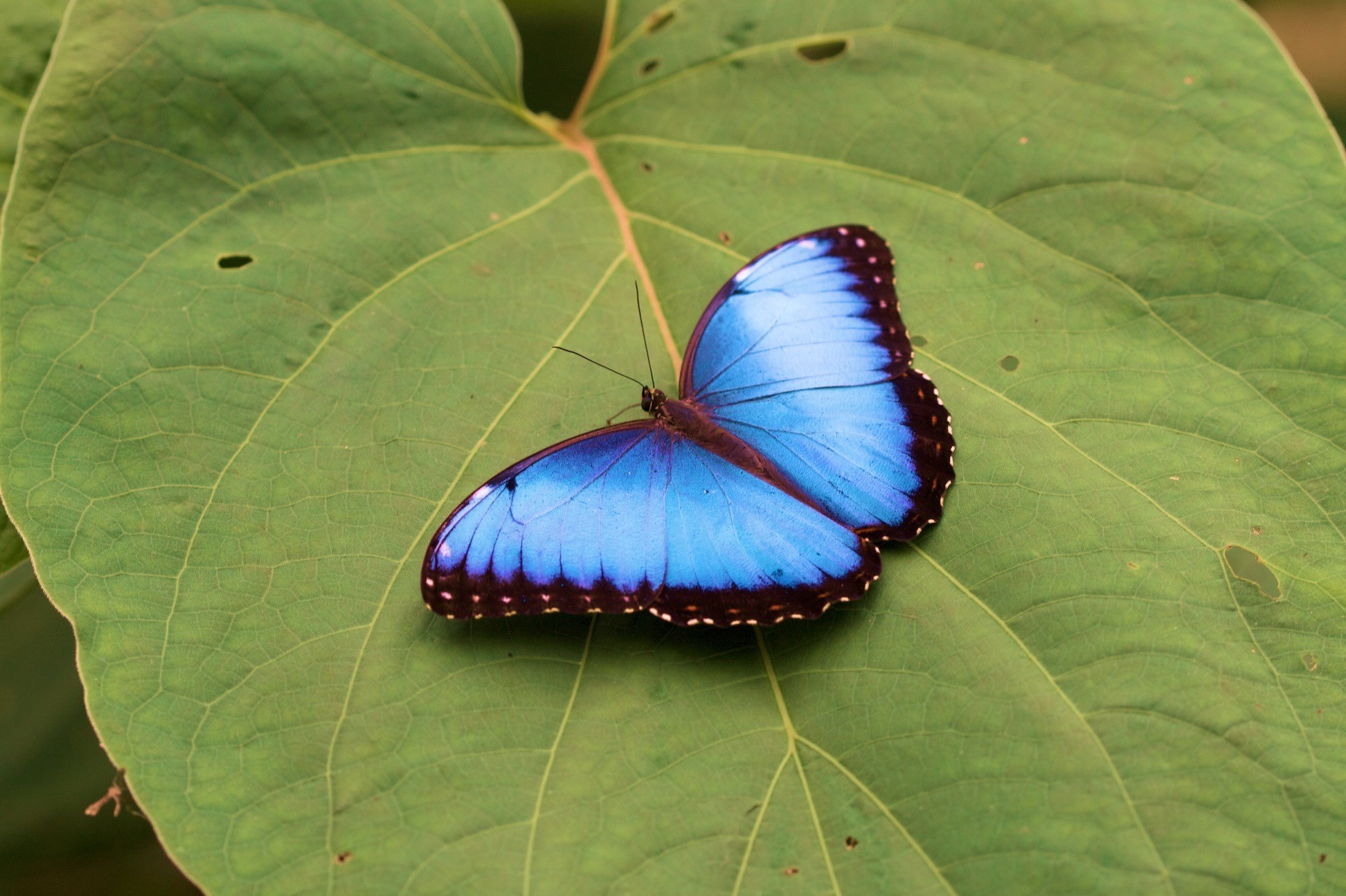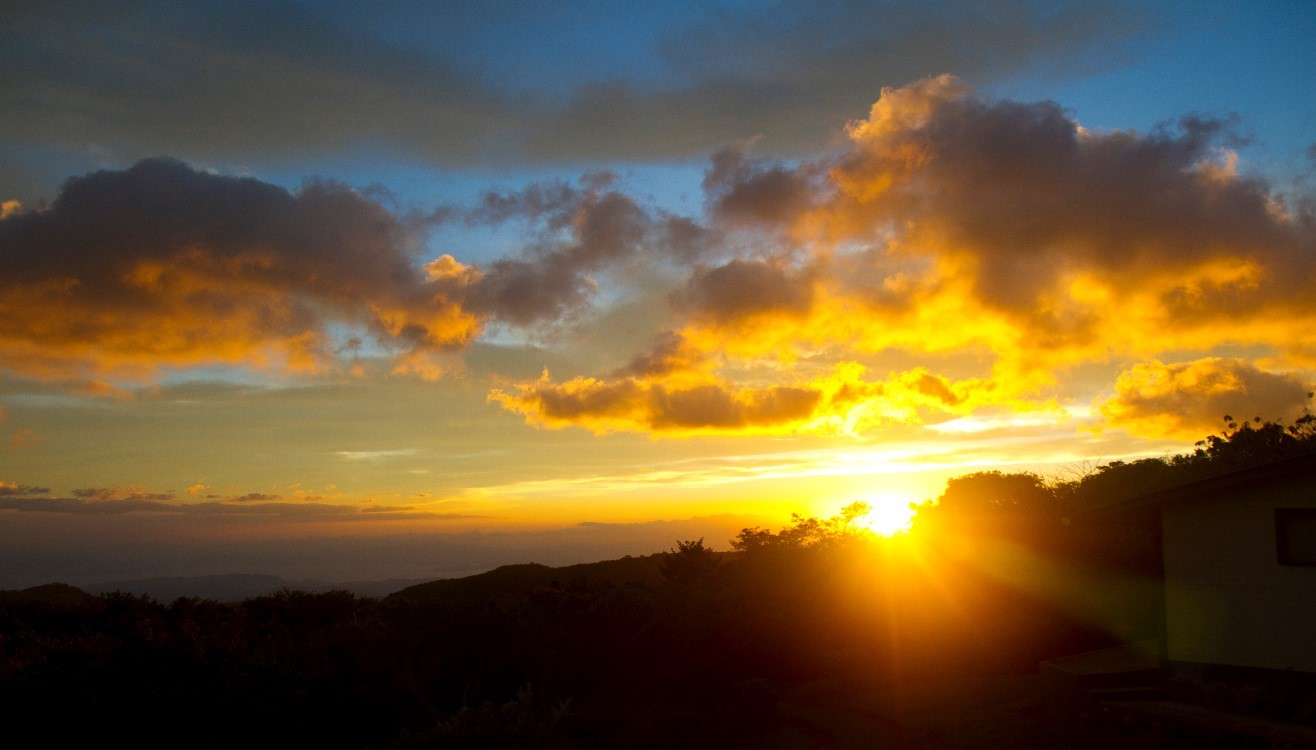
My Favorite Five Things to Photograph in Costa Rica
Costa Rica is yet another destination that is a nature photographer’s dream. With stunning scenery, and fascinating wildlife, you really can get it all. However, whenever I’m down in the land of “Pura Vida”, there are always a few shots that I really get giddy for while anticipating the Costa Rica Expedition.
Hummingbirds!

Hummingbirds really are the epitome of grace and beauty. Lucky you…Costa Rica has dozens of species that are relatively easy to find and photograph. But you’ll have to be fast, as these guys zoom through the trees at lightning speed.
Your best bet is to position yourself at one of the many many hummingbird feeders you’ll see throughout the country. Many ecolodges and even entrances to national parks have small hummingbird feeders to help visitors get prolonged views of these little jewels.
If you have a point and shoot, set your camera to “sports mode” for the fastest shutter speed. If you have a fancier camera (or if you want to try custom settings on your point and shoot) read my shutter speed section to better understand the use of fast fast shutter speeds. Generally speaking, you’ll want to set your camera on a 1/250 or faster shutter speed to help freeze motion. Flash can help with this, too, so if you have a flash on your camera, get used to its functionality before the trip so you’re ready when you see your first hummingbirds in Costa Rica.
Want to learn more about photographing hummingbirds? Check out my dedicated page to such HERE.
Giant Tree Iguanas

There’s something wildly prehistoric about the iguanas in Costa Rica. They often have striking coloration, beautiful texture, and can reach lengths well over 4 or 5 feet.
Hopefully you’ll come across one or two of these guys on your Costa Rica expedition, and when you do, you’ll see why I’m so fond of them. To get the best shot, be ready with a shallow to moderate depth of field to help isolate the iguana from the background, but also making sure the iguana is in crisp focus. I generally set my camera to something around f/5.6 and experiment. Fortunately, they are relatively sedentary, so you can practice with different angles and settings. Generally I prefer not to use a flash to take advantage of nice, natural lighting.
Frogs

Tropical rain forests are excellent habitats for our amphibian friends, and Costa Rica is no exception. From tree frogs to poison-arrow frogs, the colors will astound you. Be sure to read up a little on Macro Photography before you go to get the best shots. Even if you don’t have a macro lens, or fancy camera, you can still get show-stopping photos.
I generally will look for these at night, and am sure to carry a flash with me. To capture the exquisite texture, I usually shoot at f/11 or f/16. However, do keep in mind that flash is unnatural, not only for the photos, but also for the frogs, so after a couple shots, let the little guys take a break.
Butterflies

Yet another jewel in this stunning country, butterflies are incredibly diverse, with thousands of species recorded here. Oftentimes I like to photograph butterflies with a telephoto lens, as you never know where they will perch and how close you can get.
They’re notoriously “flighty”, so I always begin by taking a photo from further away — exactly where I’m standing when I first spotted it, and steadily move one step closer, taking a photo with each step. For whatever reason, I find if I do this, the butterfly often lets me get surprisingly close, vs. if I just walk directly over to it. Then, when reviewing your photos, save the ones you were able to get closest with and delete the others as “test shots”.
The Jungle

It’s all around you and is surprisingly easy to neglect in terms of photos. It becomes “the norm” to see extraordinary forest like this, so people often forget to take photos of it. When walking in these amazing cloud forests and rain forests of Costa Rica, be sure to stop and take photos of your surroundings. Sure, they won’t all have a toucan flying overhead or a monkey swinging from the tree tops, but you can still look for alluring elements of the shot.
Look for a more brightly colored tree, or unique composition of the forest. Keep an eye out for interesting lighting and take lots of shots. Because you want most of your scene in focus, I generally set my aperture to f/8.0 or above, often tinkering with my ISO to compensate for the lower light of the jungle.

By now, you’ve probably noticed that there were many quintessential things that didn’t make my top five. Where were the sloths, the monkeys, or the beaches? Well, those are all wonderful, and I certainly LOVE photographing those things too. However, these five I’ve discussed here are the things that can really add unique elements to your overall travel and nature photography portfolio. These are the “superlatives” of Costa Rica, I guess you could say. No doubt a stunning photo of a sloth in a tree would do the same, but I personally find these elements to be the most unique, most charming, and most captivating of this lovely little country.
Go forward and give it a shot,
Court
Leave a reply